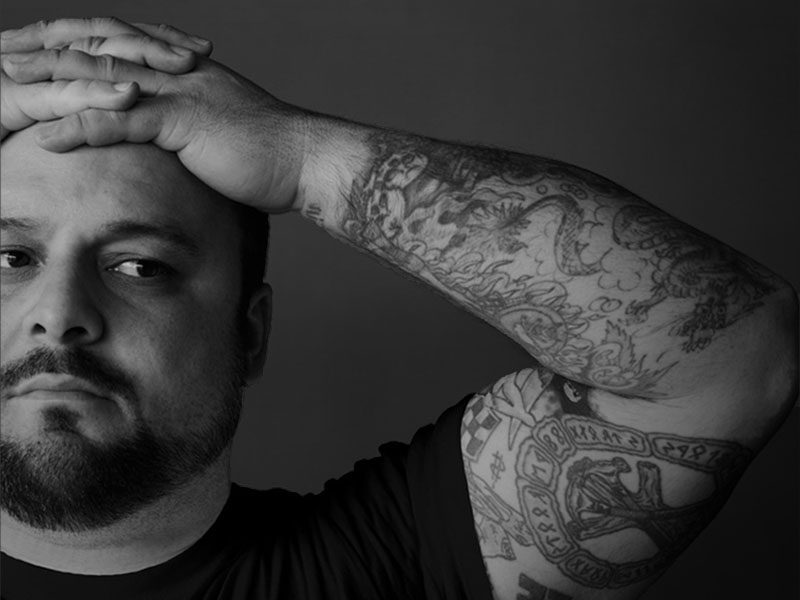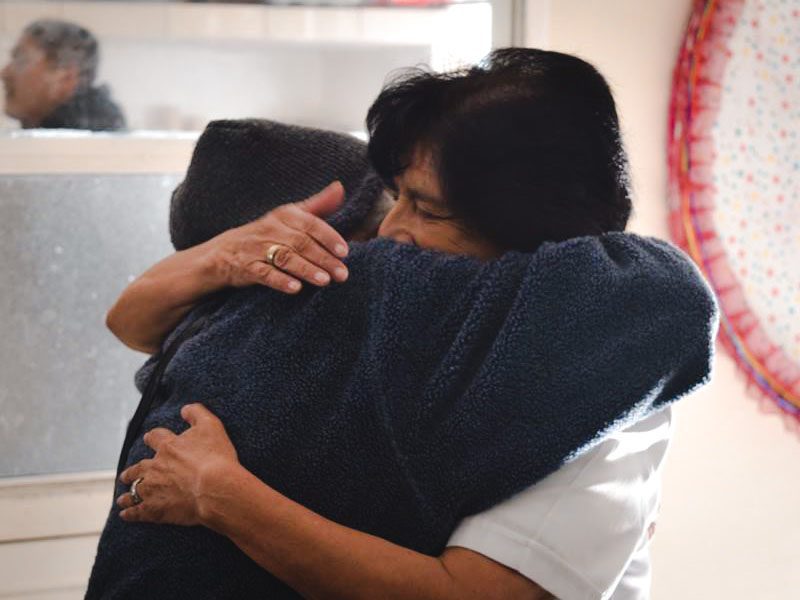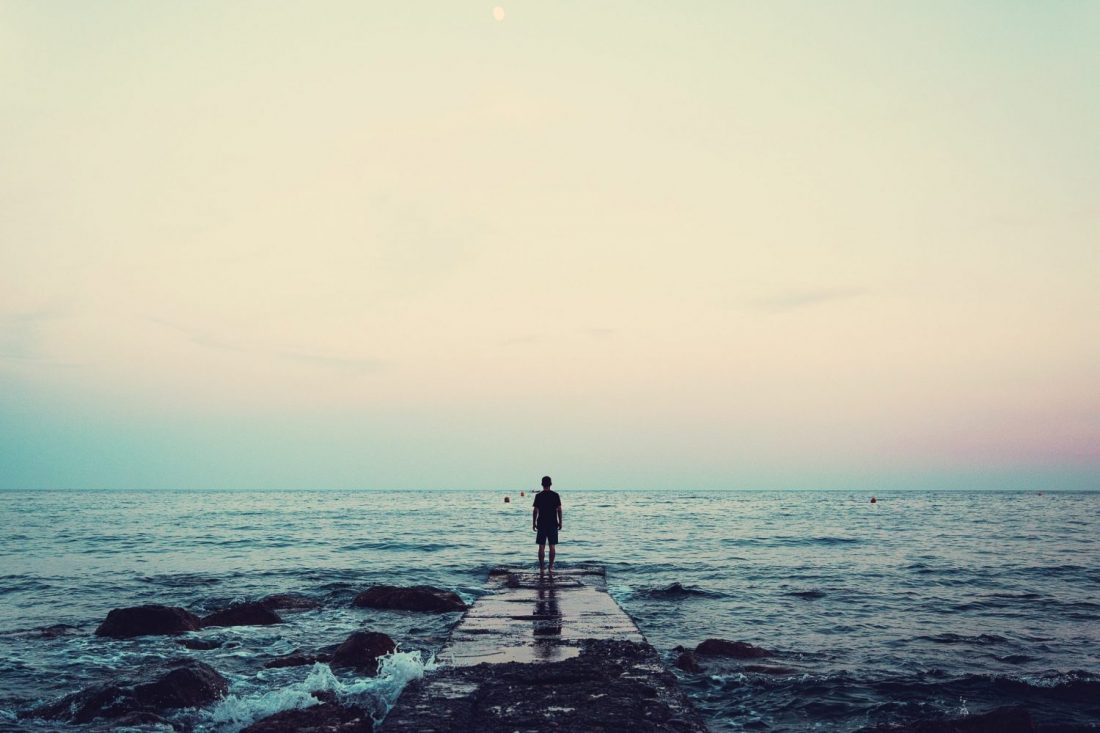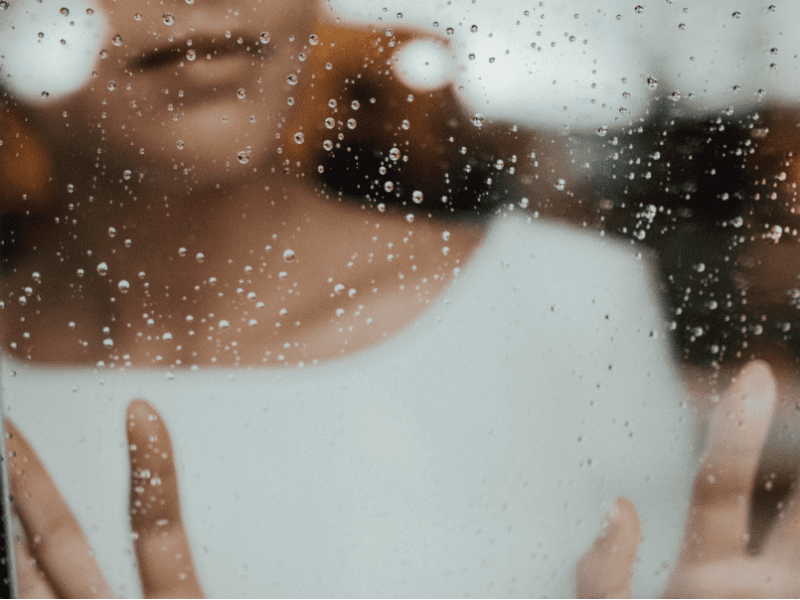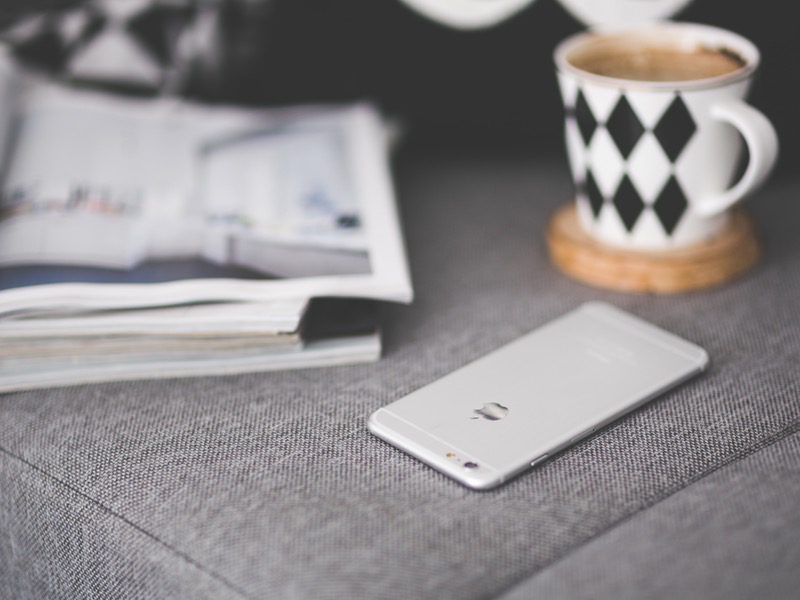An ex-neo-Nazi skinhead is on a mission to deradicalize America, and offer a fresh start to ‘haters’
On Aug. 12, 2017, the benchmark for “going viral” gained some elevation.
Following a white supremacist rally in Charlottesville, Virginia, former President Barack Obama sent out the first in a trio of tweets quoting Nelson Mandela: “No one is born hating another person because of the color of his skin or his background or his religion…”
In total, the original tweet racked up more than 4.6 million likes—the most ever, and by a longshot.
Obama subsequently tweeted the remainder of the quote: “People must learn to hate, and if they can learn to hate, they can be taught to love…For love comes more naturally to the human heart than its opposite.”
The message resonated and, despite the vitriol and hostility on display in Charlottesville, many across the country expressed a rosier outlook, a hope for change. A large contingent of Americans—and not just in the Twittersphere—openly embraced the idea that if we can learn to hate, we can unlearn it, too. And that ultimately, we can overcome racism.
If that camp ever needed a posterchild, look no further than Christian Picciolini. A reformed white supremacist, he once led the neo-Nazi skinhead movement that surfaced in Chicago in the 1980s. Had the Charlottesville rally taken place back then, he may well have marched in it.
After eight years, Picciolini disavowed the movement he long nurtured and co-founded a group called Life After Hate, which works to transition individuals out of radical hate groups, and into a support network designed to help restore their confidence, rebuild their identity, and find real community.
Caring recently caught up with Picciolini to talk Charlottesville, deradicalization, and the importance of extending love and compassion—especially to your enemies.
What laid the groundwork for your involvement in the neo-Nazi skinhead movement?
Well, I came from a normal family. I was not raised to be a racist. I was not taught to marginalize anybody. In fact, my parents were Italian immigrants who came to the U.S. in the 60s, and they were often victims of prejudice themselves. But unfortunately, because my parents did have to work very hard to make it in this country, that kept them away from home seven days a week, 14 hours a day, running a small business. At a young age, you don’t understand why your parents aren’t there—you just know that they’re not there. So, I was out on the streets. I was trying to find my way. I was picked on in school. I always struggled with what my identity was. I didn’t know if I was Italian, if I was American. I didn’t know where I belonged. I didn’t know who my community was. I was always searching for that.
How were you actually recruited?
I was standing one day in an alley at 14 years old. I was smoking a joint, and this guy came up to me. He had a shaved head and boots on. It was 1987, so nobody knew what a “skinhead” was. And he pulled the joint from my mouth, looked me in the eyes and said, “Don’t you know that that’s what the Communists and the Jews want you to do to keep you docile?” Honestly, at 14 years old, I didn’t know what “Communist,” “Jew,” or “docile” meant, but there was something about this interaction. It turned out this guy was America’s first neo-Nazi skinhead, and that the neo-Nazi skinhead movement had actually started right in that alley just a few years prior. Ironically enough, it was a dead-end alley, and it was near the intersection of Union and Division streets.
So this guy started to boost my confidence. He asked me what my name was. And he figured out I was Italian, so he’d say things like “You should be really proud of that. Your ancestors were great warriors and gladiators and artists and philosophers.” So, I started to get drawn into this group. They accepted me. They didn’t bully me, and in fact, protected me from the bullies. Eventually I learned that I needed to protect my pride against people who wanted to take that away from me. And that’s kind of the progression of how it happened.
At 16, I took over that organization when the guy who recruited me and the rest of the older guys had gone to jail for a string of violent crimes. So I went from this really powerless, marginalized 14-year-old to this now suddenly feared and powerful, “respected” skinhead leader. It was intoxicating. Everything I wanted, I was getting. I wanted to be important. I wanted to change the world. I wanted to matter. However, the way that I was changing the world and the way that I was thought to matter were completely destructive, not only to other people but to myself.
How has the recruiting process changed from when you were recruited in the late 80s to now?
The way that they recruit hasn’t necessarily changed, in terms of the psychology and who they target. But the platform has changed. So, in the 80s, they’d look for people at skate parks or punk rock shows or hanging out in alleys. Our propaganda and “fake news” was fliers, leaflets, books, postcards, and the way we would spread that information was by sending it through the mail to each other’s P.O. boxes.
Then, suddenly the internet comes around, and they’re spreading propaganda like wildfire online. And because they’re targeting vulnerable, marginalized young people, a lot of those people live pretty much exclusively online, where they don’t have to worry about having real friends or fitting into a group. They now have their community online. They can make their identity whatever they want it to be. So once you find this fake news, this propaganda, you fall into a rabbit hole, because the algorithms on social media will curate content for you based on what you like. So it’s very easy for young people to go down this one-track narrative without even knowing what they’re doing is wrong. And that’s very scary.
In what ways have white supremacists tried to make their message more palatable to a broader audience?
So people think skinheads are the problem. There are actually very few skinheads left in the U.S. The problem is that 30 years ago, we recognized, as skinheads, that even the average white American racist was turned off by our look and our tactics. So we decided to grow our hair out, and stop getting these tattoos, and stop waving Swastika flags. Instead, let’s start recruiting on college campuses, and get jobs in law enforcement, and go to the military to get training, run for office—blend in, essentially. So they’ve replaced terms like the “Jewish media” with “liberal media.” They’ve replaced the “global Jewish conspiracy” with terms like “globalism.” They’ve replaced the term “neo-Nazi” with “Alt-right.” These are all part of a move toward making their marketing much more acceptable and palatable for the average person. This has become a very invisible movement.
Speaking of blending in, the mother of the individual who drove into the crowd of activists in Charlottesville said she was shocked by the whole thing, and that she thought her son was driving to Virginia for a Trump rally. What are some of the early warning signs in someone possibly headed down a similar path?
The same kinds of warning signs for drugs or gangs or anything else—withdrawing from things that you normally enjoy doing. You give up your friends, your family, your hobbies. Someone who may not have been very confident is now very confident because of this newfound passion and community.
Those are all things that we should look for, but we have to go further and ask “what do we have to do to prevent this from happening?” From the day our children are born, we need to teach them empathy, and to not reinforce stereotypes. I think we need to support young people’s passions at the earliest age possible, rather than them have unrealized passions and then suddenly turn to things that give them easier comfort, like blaming “the other” for what’s been taken away from them.
What eventually led you out of radicalization?
I certainly had some important catalysts. I got married at 19. We had our first child at 19 and our second at 21. That challenged the whole idea of what my identity, community and purpose were. It was a dilemma that I had to overcome. And I also began to meet the people that I thought I hated. And over time, I received compassion from them, and they were the people that I least deserved it from at a time when I least deserved it. And that really led the transformation for me—finally being able to humanize the demons that I had created in my head. They found it in themselves to have empathy for me. And I realized that I had more in common with them than the people I had surrounded myself with. And that was really it. That was all the confirmation I needed to do what I had to. And that was to leave this movement, denounce my views, and allow myself to be that compassionate, empathetic person I was always supposed to be.
What was the vision for Life After Hate?
The whole idea was to give back our knowledge to help people disengage from the movement that we helped build. We’re committed to waging peace and allowing people opportunities to humanize “the other.” ExitUSA is our hotline where people can reach out and ask for help. It’s a hard thing to leave behind that purpose and identity once you’ve created it. And it’s even harder to start over with the stigma of being that person. So I wanted to help people do what I was lucky enough to be able to do on my own. And we’ve been very successful with that. We’ve engaged with roughly 200 people and built a network of over 100 formers who are now completely disengaged, and helping other people to leave. It’s been an amazing experience of humanity from people that have been written off long ago, who are some of the most amazing people I’ve ever met.
What does the ‘treatment’ look like beyond the hotline?
We set out on building a rapport and a trust. My goal is never to engage with them in some sort of ideological battle. I’m not interested in that. I try to listen for what I call potholes—things like trauma, abuse, addiction, mental illness, perceived grievance, unemployment, poverty. I’m trying to find out what their potholes are that deviated their path. And then my job becomes to fill in those potholes. I’ll help connect them to job training or life coaches or tattoo removal or mental health therapy. My goal is just to make that person more resilient, more self-confident so that they don’t have to complain about “the other” taking something away.
How do people actually become more tolerant?
Well, how I challenge their doctrine is by introducing them to the people that they think they hate. Because nine times out of 10, they’ve never actually met the people that they claim to hate. They’ve never had a meaningful dialogue or interaction. So, I’ll introduce a Holocaust denier to a Holocaust survivor, and we’ll spend the day together. Or, I’ll introduce an Islamophobe to a Muslim family, and we’ll sit down and have dinner. These opportunities allow them to humanize the same people that they’ve demonized in their heads. And I allow them to come to their own conclusions, and I will keep doing that until they’re so surrounded with compassion and empathy that there’s no way they can reconcile their prejudice or hate any longer. That, to me, is the most powerful thing.
What, if any, positives have you seen come out of Charlottesville and its aftermath?
The hope for me now, is that the whole country, the whole world, saw this and recognizes now that it exists. To me, America coming together in a time of struggle is what we’re best at. Sept. 12, 2001, was probably the only day I can remember, that I woke up and I saw every American united regardless of their background. So, I feel like we’ve turned a corner. We now understand that there’s a problem. And I think we’re ready to fight back in ways that are true to our values.
[button color=”black” size=”normal” alignment=”none” rel=”nofollow” openin=”newwindow” url=”lifeafterhate.org”]Visit lifeafterhate.org to learn more about the work and how you can get involved.[/button]










